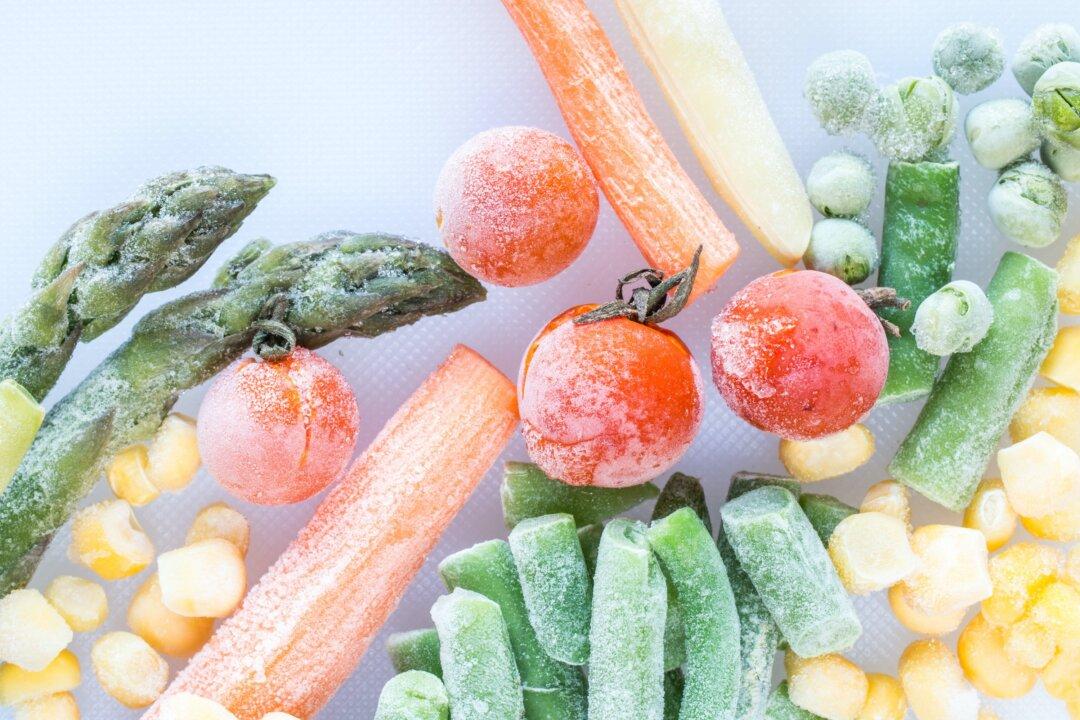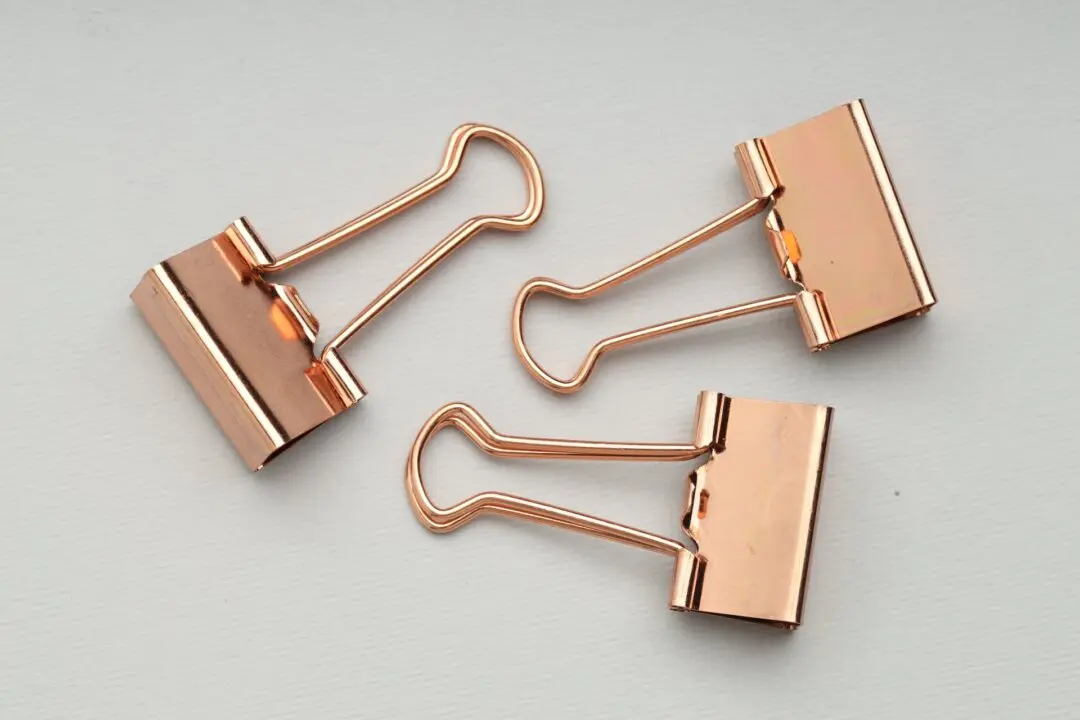I thought it would be just loads of fun to focus our attention today on frequently asked questions about frozen foods. But first, a little history.
Although the practice of preserving food by freezing can be traced back to 1626, it wasn’t exactly practical. Frozen foods looked bad, tasted worse and were more apt than not to make people deathly ill. Thank goodness for Clarence Birdseye, who in 1926 invented and developed a freezing process that not only preserved food safely but also preserved its taste and appearance.





